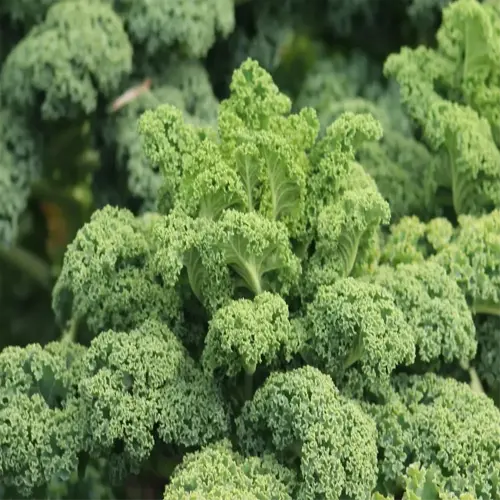What's the best way to start learning how to grow kiwi?

Written by
Michael Sullivan
Reviewed by
Prof. Charles Hartman, Ph.D.To grow kiwi vines, you must first understand their needs. These vigorous plants require acidic soil and a sturdy support system. I start new growers with cold-hardy Issai because its self-fertile nature skips the hassle of pollination. The first vine I grew survived the long and brutal Minnesota winters by trial and error layers of mulch.
Site Preparation
- Test soil pH, adjust to 5.5-6.5 using sulfur
- Install T-trellis with 6ft posts before planting
- Dig 24" wide holes amended with compost
First-Year Care
- Water 3 gallons weekly during dry spells
- Apply balanced 10-10-10 fertilizer monthly
- Mulch with 4" straw to regulate temperature
This pollination craft is what elevates harvests from good to great. The male vines must flower alongside the females, so I keep daily watch on their progress during spring. I use an electric toothbrush to replicate and mimic the vibration that bees make. I also doubled production after honing this technique with Ken's Red varieties.
Leaf Discoloration
- Yellowing: Test iron levels, apply chelated supplements
- Browning: Check drainage, amend clay soils
- Spots: Treat with copper fungicide sprays
Poor Fruiting
- Verify male-female bloom overlap
- Increase potassium during flower formation
- Hand-pollinate during morning hours
To successfully harvest kiwis, one must exercise patience because kiwis ripen off the vine. After the first frost, you can pick the firm fruits. Store kiwis at 32°F in containers with ventilation. By using this approach, my 2022 kiwifruit harvest lasted for over eight months! Please do not wash the kiwis until you are ready to eat them because washing hastens spoilage.
Read the full article: How to Grow Kiwi: Expert Guide for Home Gardeners

